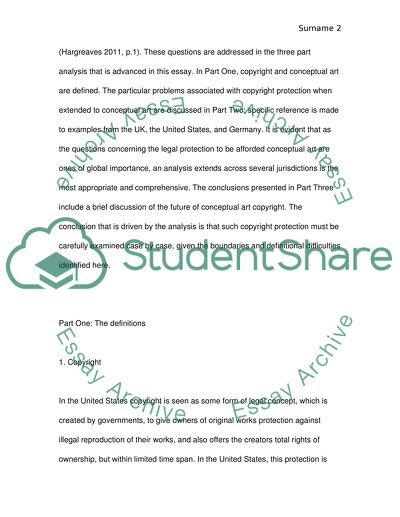Cite this document
(“Copyright Protection for Artistic Works: the Challenges Posed by Essay”, n.d.)
Retrieved from https://studentshare.org/law/1440881-the-challenges-posed-by-conceptual-art
Retrieved from https://studentshare.org/law/1440881-the-challenges-posed-by-conceptual-art
(Copyright Protection for Artistic Works: The Challenges Posed by Essay)
https://studentshare.org/law/1440881-the-challenges-posed-by-conceptual-art.
https://studentshare.org/law/1440881-the-challenges-posed-by-conceptual-art.
“Copyright Protection for Artistic Works: The Challenges Posed by Essay”, n.d. https://studentshare.org/law/1440881-the-challenges-posed-by-conceptual-art.


